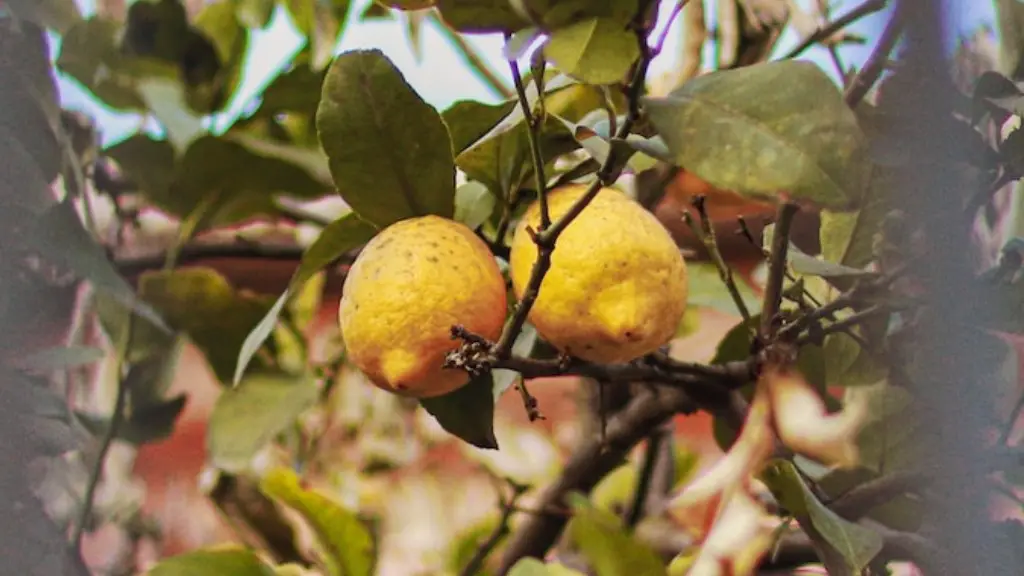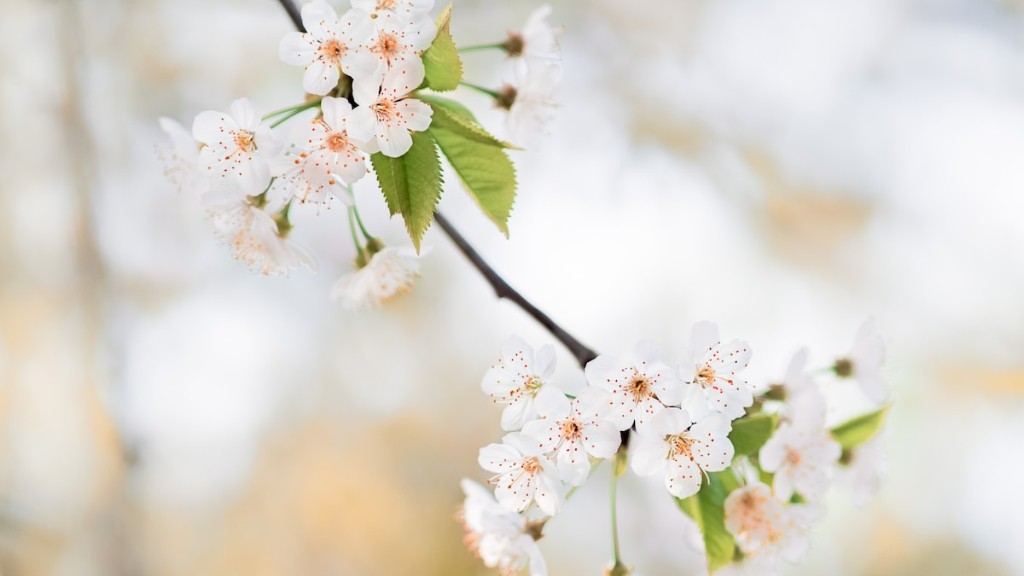Obtaining the Proper Materials
Growing an avocado tree from seed requires a few items to get started. Chiefly, a healthy avocado pit is required. The ripest, most recently harvested avocados are best because they contain the most water content, which aids its growth. To maintain the pit’s moisture content, the pit must be wrapped in a thick cloth or paper towel that can be kept damp while germinating.
Furthermore, the person growing the tree needs a pot, some potting soil, an area that generally gets direct sunlight, and a source for water unless it rains regularly in their area. After gathering the necessary materials, it’s time to start growing the tree.
Germination of the Pit
First and foremost, the pit needs to be germinated. Fortunately, the process of germination is fairly straightforward. A person begins by pouring the damp soil into the pot, leaving one inch of space from the rim for watering. The pit is then placed onto the soil surface in the pot and lightly covered with soil.
For the pit to germinate, it needs to be watered regularly. An avocado tree will die if not watered, so it’s essential to check frequently to make sure the soil is still damp. The temperature also must be consistent; an area with a temperature of between 70F and 85F is best. Under the right conditions, after two weeks the seed will begin to germinate.
Nurturing the Seedling
Once the seed has germinated, the seedling needs light and water. The seedling needs to be placed in an area of direct sunlight and watered every few days or so until roots form. Furthermore, the soil should remain damp but not flooded. After the roots form and the hole created by the seedling is filled with soil, the seedling needs to be fertilized.
Fertilizer can be found at a local gardening or home improvement store and typically comes in a powder or liquid form. While organic fertilizers are recommended, chemical fertilizers can also be used; however, they should be used sparingly. The seedling should be fertilized every two weeks or so during the growing season.
Encouraging the Tree to Branch Out
For the tree to branch out and bear fruit, the grower should use a technique called ‘tip pruning.’ Tip pruning is when the top one to two inches of the tree is cut off. Doing this will encourage the tree to branch out, and will help form a more stable structure for the tree.
Tip pruning should only be done once a month, when the tree is actively growing, from spring to mid-summer. After the tree has been pruned, the grower will need to be vigilant and keep an eye out for signs of disease or pests.
Thinning the Fruit
Avocado trees produce a lot of fruit, and thinning it out is essential for the tree’s health. To thin the fruit, the person growing the tree must first determine the healthiest looking fruit and leave those on the tree. Unhealthy looking fruits or any that are solitary should be removed. Removing the extra fruits helps improve the tree’s overall health and encourages larger fruit.
The trees need to be thinned multiple times during the growing season when the fruits are small. Furthermore, fruits that have grown to full size can be thinned, but the remaining should be left until they are ready for harvesting.
Harvesting and Replanting
The fruit of an avocado tree is typically ready for harvesting after about six months. The fruit is typically picked when it is still firm and green; if it feels soft, then it is too ripe. When the fruit has been harvested, the pit can be replanted. The pit can be directly put into the ground, or, similar to the germination process, it can be planted in a pot of soil and later transferred if desired.
Harvesting the fruit of an avocado tree is an easy and rewarding process. Growing the tree not only helps the environment, but can also be used in the kitchen. Finally, avocado trees are a beautiful addition to any patio and provide a great conversation starter.
Maintenance
As avocado trees need a fair amount of sunlight, they must also have enough shade if they’re to grow properly. The tree should be placed in an area that has plenty of sunlight, but not be located in a spot that’s too exposed to the elements. In order to protect the tree from wind, it’s a good idea to plant it next to a fence or sturdy wall.
An avocado tree also needs regular pruning sessions. Pruning sessions should ideally take place once every two to three weeks. While pruning, it’s important to focus on maintaining the tree’s structure and removing any dead berries, leaves, or branches.
In order for the avocado tree to fruit annually, soil pH levels and the amount of fertilizer present need to be monitored. Assess the amount of nitrogen and potassium in the soil by conducting a soil test, and adjust the amount of fertilizer accordingly. Taking the time to measure the soil pH levels and adding fertilizer will make sure the tree grows optimally and produces fruit.
Pests and Diseases
Avocado trees are prone to numerous pests and diseases, so it’s important that the tree is monitored regularly for any potential issues. Common pests that affect avocado trees include mites, aphids, and fruit flies. Keeping the area the tree is planted in clean and free of rotting fruit will help minimize the pests.
The most common disease affecting an avocado tree is root rot. The symptoms include yellowing leaves, stunted growth, and branches that die off seemingly without cause. To treat root rot, the tree should be raised to a height of one meter, and the soil under it should be replaced with new, nutrient-rich soil. However, it’s important to note that once a tree has root rot, it’s very hard to treat.
Overwintering
Avocados are tropical fruit, so during winter months growers must take steps to keep their tree from freezing. If night temperatures are expected to drop below 55 degrees, the tree should be covered to ensure that it stays protected from the cold. Additionally, the soil should be mulched with four to five inches of mulch to protect the roots from cold weather.
If expecting a hard frost, flowering avocado trees should be brought indoors to protect them from the negative effects of the frost. Once the cold weather has passed, the tree can be moved back outdoors. However, it’s important that when a tree is moved outdoors it doesn’t experience too much of a temperature change, otherwise it may suffer shock.
Conclusion of Growing an Avocado Tree From Seed
Avocado trees are becoming increasingly popular as a houseplant, and growing one directly from a seed is a fun and rewarding experience. Growing and caring for an avocado tree requires dedication and a bit of knowledge. With the right amount of dedication and knowledge, a person can easily have a fully-ripened avocado tree in the comfort of their home.


